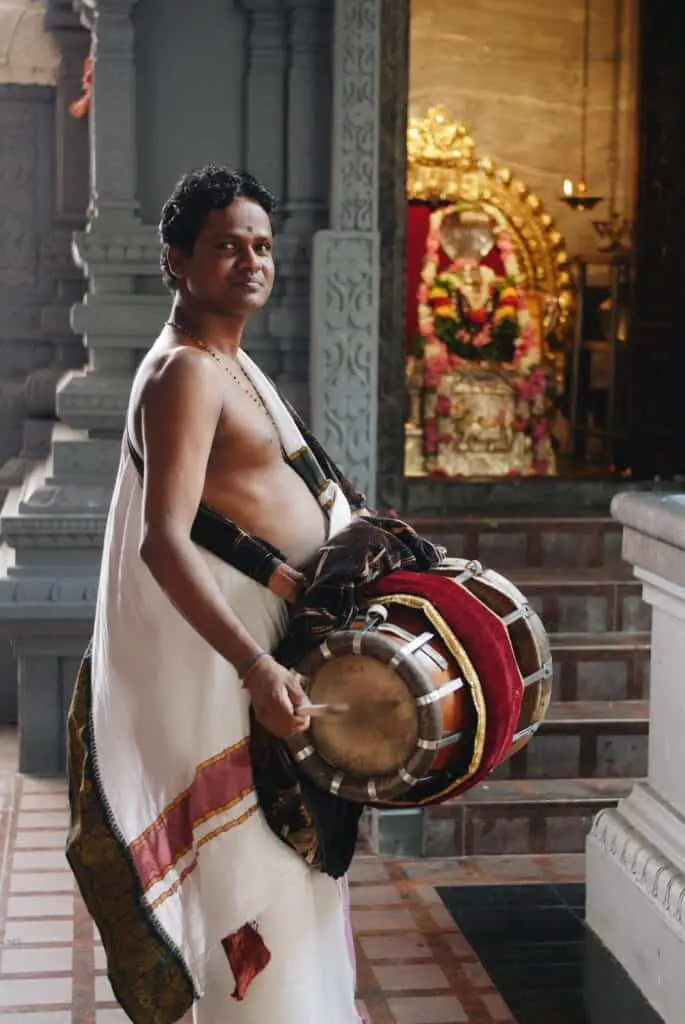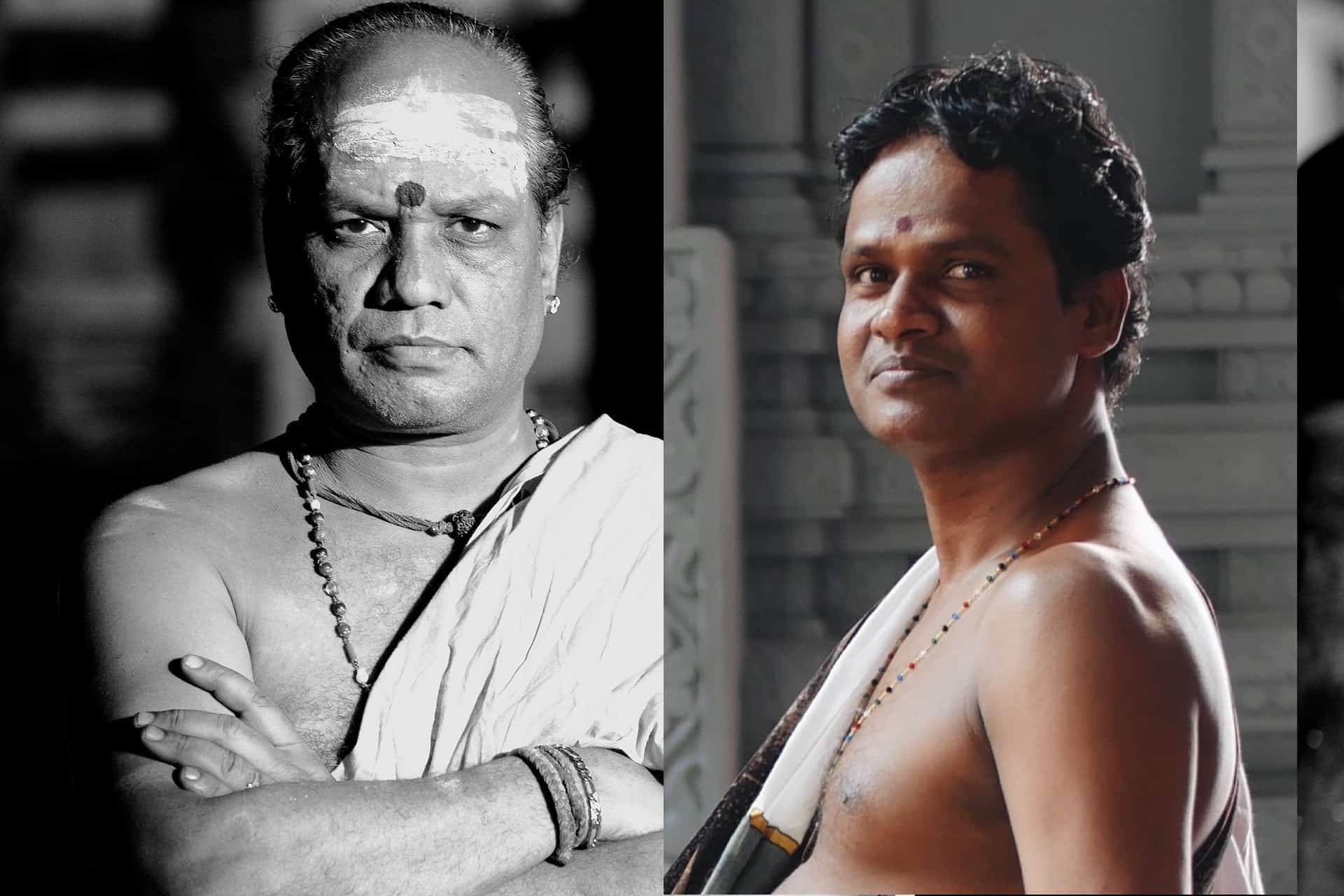The position of being a Hindu priest is normally passed on by the family line for certain types. The Hindu Priest-hood is still seeking the process that one needs to be born in it. Most of the Hindu priests are educated from traditional discipline.
Priest/Pandit by Training
Several institutions are granting and proceeding the practice of training a Hindu priest. In the time of the Hindu Reform movement, a lot of people have evolved as priests by the integrity of self preference and institutional practice. But in today’s period also there are schools that are available where students can come in and also academically learn how to become a priest. Nowadays just like any other career, this can also be taken up with the right guidance and teaching. A little learning of essential languages and then successfully learning particular texts in maths or literature is expected in particular. However, different areas have different practices and nuances according to which the priests are accordingly trained.

Similarly, different practices are followed for different Gods and there are particular rituals, mantras and ceremonies thus a priest requires to know for different deities in Hinduism. Usually, the priests do not have much power and a lot of finances. People usually take up this profession either if they have nothing else to do or are very spiritually devoted to their deity.
Traditionally the post of a priest would usually be passed down on the generation line. There was also a belief that only the upper caste brahmins and Hindus could learn the language of Sanskrit. The knowledge of this language is very important for a priest because all the Slokas and Mantras are written in Sanskrit. Back then there were also schools that would provide special education to the upper caste believing that they are pure and the only one’s sacred to worship the deity. There is no such category of a Hindu priest, for different rituals and ceremonies, there are different authorities to take care of these practices.
Also, most of us have an understanding that Pujari and Purohit are one and the same. but when we study through the scriptures and learn the practices we realize that there is a difference between the two.
What is the difference between Priest and Pujari?

Firstly, let us take into consideration the basic understanding of the role of a Pujari. The Pujari/Pandith is the head of the temple. As the name suggests a Pujari is somebody who takes care of the rituals like performing Puja and maintaining the well-being of the temple. Now comes the question: who is eligible to be a Pujari? Anybody can be a Pujari irrespective of his caste, jaati, race or his position in society. The only clause is that a Pujari should only be a male.
Who is the Purohit then? A Purohit is considered to have a bigger role than the Pujari in society. He is the one who takes care and performs the sacrifices which are made to the Gods. He must also be introduced with Yajnopavita which is the sacred thread that is tied around a twice-born high caste priest. also, he must make sure it does not make himself impure and follows a strict vegetarian diet. a Purohit must be literate in the scriptures and must have a good knowledge of them. Also, a Purohit is somebody who conducts the marriage rituals, death rites and the important occasions in life. He is to provide wisdom and knowledge to the people and educate them about religion. Not everybody can be a Purohit, to become a Purohit one strictly needs to belong to a Brahmin caste and also follow the laws laid down to maintain dignity and purity.
So who can become a priest?
For becoming a priest one has to go to a Vedic School and understand the Smartha Karmas or Shodasha karma Chants and Hymns. A boy must heed to a Hindu school before getting the title of a priest. Also he should have his Upanayanam conducted and must do Gayathri Upasana before commencing.

The schools are mostly residential where the young boys are taught how to enchant the scriptures and trained to be a priest. The purpose is to engage the students in the study of religion for a span of 8 years away from the materialistic distractions of the outside world. A boy child is taught at the School of Vegas for about a period of 8 years where he learns the important roles and Vedas in Hinduism. Once his training is completed the boy is now eligible to become a Hindu. priest and perform the fire worship and the conduct spells. Along with this, the child is also taught English, Hindi and Maths.
The Vedas taught comprise the sacred wisdom of the Hindu religion and have been passed on orally since ages. They have to wear a white wraparound garment and are barefoot and have a long U-shape on the forehead is a symbol of belief. Even the shape of the sign on their forehead should be made perfectly with a red dot of vermilion powder between the eyebrows, the shape of the sign also holds importance. Their head is shaved off leaving a part symbolising them to be Hindu boys. Learning and memorising the Vedas is difficult and needs patience and determination. So since a young age, one has to start learning Sanskrit hymns and chants. Though there is no particular age to start with the learning the practice some have also completed thief Yajnopaveet Samskar at the age of 3. The rules of doing pujas and sandhya are all taught at the school of Vedas. And also by the brahmin and Hindu family to their male children who look forward to becoming priests. The main task is to recite all these mantras by heart and memorising them. Knowledge of the Devanagri script is also necessary. And the after learning Sanskrit and the major parts he learns the final elements of Purohitai before officially being declared as a Purohit.
Many Hindu priests themselves do not believe in the practice of caste discrimination. Most of them do it because of their spiritual devotion towards God and to maintain the commitment made over by their forefathers over the years. The briefing, in short, becoming a Hindu priest or a Purohit has their own barriers and clause based on caste, creed and religion. But the process of becoming a Hindu Priest requires time and patience. Also, devotion and dedication to sacrifice in order to please God. Anybody can become a Pujari but to be Purohit one needs to belong to the Brahmin family and follow the customs and rules. In spite of all the practices and schooling, the most vital necessity is a personal preference and interest, as well as great enthusiasm and devotion, is expected if you are ready to seek the life of a Priest. And considering the grants and finance a priest may not have a lot of money power as mentioned earlier and might have a minimal income to spend his life in. So it is advised that one should think well and be firm before taking a step towards the decision of becoming a priest. And only if he desires to make sacrifices for God shall go ahead with his decision with will and determination.

